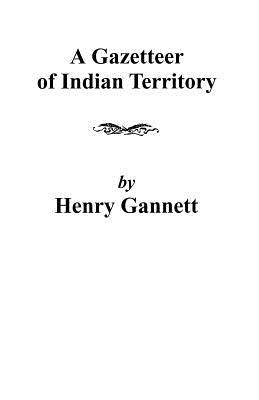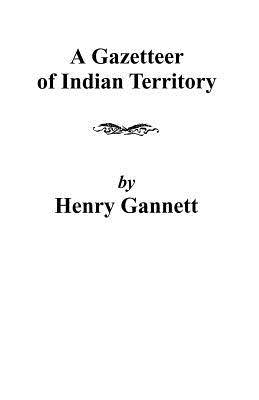
- Afhalen na 1 uur in een winkel met voorraad
- Gratis thuislevering in België vanaf € 30
- Ruim aanbod met 7 miljoen producten
- Afhalen na 1 uur in een winkel met voorraad
- Gratis thuislevering in België vanaf € 30
- Ruim aanbod met 7 miljoen producten
Zoeken
Omschrijving
Indian Territory refers to those remaining southwest lands that had become home, primarily, to the Five Civilized Tribes (Cherokee, Chocktaw, Chickasaw, Creek, and Seminole) following their removal from the southeastern states in 1833. Indian Territory is bounded on the north by Kansas, on the east by Arkansas, on the south by Texas, and on the west by Oklahoma. The bulk of this book consists of an alphabetical list of 2,100 place names, scattered through Indian Territory. The place names range from villages, to railway stations, to bodies of water, and to other natural formations. Each place name is identified in relation to the Indian nation on whose reservation it could be found and with reference to Indian Nation atlas sheets published separately by the U.S. Geological Survey. Indian Territory is bounded on the north by Kansas, on the east by Arkansas, on the south by Texas, and on the west by Oklahoma. Readers will find a valuable description of the region's geological, geographical, demographic, and economic characteristics in Mr. Gannett's Introduction. The bulk of the book, of course, consists of an alphabetical list of 2,100 place names, scattered through Indian Territory. The place names range from villages, to railway stations, to bodies of water, and to other natural formations. Each place name is identified in relation to the Indian nation on whose reservation it could be found and with reference to Indian Nation atlas sheets published separately by the U.S. Geological Survey. All in all, this is a great tool for researchers with ancestors among the Five Civilized Tribes and other Indian nations.
Specificaties
Betrokkenen
- Auteur(s):
- Uitgeverij:
Inhoud
- Aantal bladzijden:
- 72
- Taal:
- Engels
Eigenschappen
- Productcode (EAN):
- 9780806352619
- Verschijningsdatum:
- 1/06/2009
- Uitvoering:
- Paperback
- Formaat:
- Trade paperback (VS)
- Afmetingen:
- 140 mm x 216 mm
- Gewicht:
- 95 g

Alleen bij Standaard Boekhandel
+ 53 punten op je klantenkaart van Standaard Boekhandel
Beoordelingen
We publiceren alleen reviews die voldoen aan de voorwaarden voor reviews. Bekijk onze voorwaarden voor reviews.








